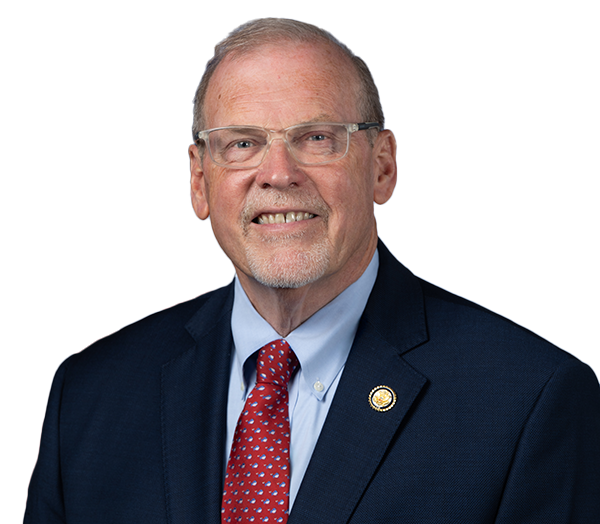A Message from Communications Director Andie Pivarunas
Touring Deep Mine #41
On Monday, March 30, Congressman Griffith, myself, and other members of “Team Griffith” visited Deep Mine #41 near McClure in Dickenson County. Congressman Griffith has toured a number of mines over the years, but this was a first for many on his team, including myself. As such, we thought it may be interesting if I were to share with you in this week’s column my takeaways from a “first-timer’s” perspective.
Early March 30, we met up with representatives of the Virginia Coal and Energy Alliance at the historic Inn at Wise and boarded our bus to the mine. Upon arriving, we sat down in a conference room to undergo safety training. We learned about the mine itself, about certain safety features we would soon be seeing in the mine, and also about the protective gear we would soon be donning. This gear included coveralls, an orange vest with reflective yellow stripes, a helmet, safety goggles, earplugs, boots, and a belt. Attached to this belt was a monitor/communicator and a pre-assigned numbered tag. Also attached was a device that, if necessary, would provide us with short-term oxygen as we made our way to a larger source of oxygen.
We put on this safety equipment, broke into two groups, boarded the “mantrip” vehicles that take miners (and visitors like us) into the mine, and began our descent. We stopped briefly and took a Team Griffith photo. We then got back on board our mantrips, and continued into the mine.
It was dark, as I had expected. But unlike I had expected, it was neither hot nor dirty with coal dust. Instead, the temperature was around 60 degrees and it almost appeared as if the walls, ceiling, and floors were covered with snow. That snow-like thick powder, we were told, is crushed limestone called “rock dust,” and is an important safety component as it is used generously to prevent explosions.
As we continued walking the mine, we were able to see a continuous miner in action. The continuous miner is a large piece of equipment with a large toothed wheel on its front that scrapes coal from the seam. Operated by a nearby human miner via remote control, the continuous miner projects the coal onto another vehicle that quickly shuttles it to a conveyer belt for removal from the mine.
Additionally, we were shown how the miners test methane levels and how the ceiling bolt process works. As mining continues, these long bolts are placed in the walls and ceilings, and hold plates in place in an effort to avoid roof collapse. Throughout the mine were large curtains that were used to assist with ventilation, containing and funneling away methane and/or coal dust. We were also shown the safety features we had discussed previously, including a tether system intended if there is an accident to help disoriented miners and a tent that would provide oxygen for up to 96 hours for as many as 30 people.
Before I knew it, although it was in excess of two hours, we were boarding the mantrips and beginning our ascent out of the mine. The various technologies and processes we saw were quite impressive, as was the dedication of those we encountered.
When back in the conference room and out of our protective gear, we were fortunate to spend more time with the miners who had shown us the mine. They shared with us some of their backgrounds and their perspectives on the coal industry. We were reminded that these are good-paying jobs that, while providing an important benefit (power) to the American people, allow the miners to help provide for their families and support their communities. They discussed mine rescue contests with us, and their ongoing efforts to follow the rules and stay safe. During the trip, we also made note of all the equipment and supplies used in the mining process that were manufactured in the region. Obviously, it’s not just the men and women in the mine who have good-paying jobs because of coal.
I have always appreciated any opportunity to visit local businesses or organizations and learn from those who know it best. I am so grateful for the opportunity to have visited Deep Mine #41, for having learned from the experts there, and for the important work that they do.
Feel free to contact us with questions, concerns, or comments. You can call the Abingdon office at 276-525-1405 or the Christiansburg office at 540-381-5671. To reach the office via email, please visit our website at www.morgangriffith.house.gov. Also on this website is the latest material from Congressman Griffith’s office, including information on votes recently taken on the floor of the House of Representatives.
###

